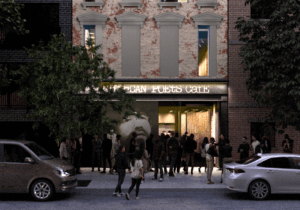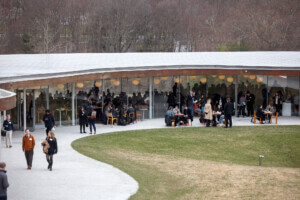In January of 2022, the city of Brighton in the U.K. went viral for requiring new buildings to integrate ‘bee bricks’ as a means of increasing biodiversity in the built environment.
Artificial bee habitats, commonly called “bee hotels,” are a popular form of intervention in gardens and parks around the world. They’re intended to cater to native, cavity-nesting ‘solitary’ bee and wasp species which, unlike honeybees and other ‘social’ insects, tend not to be aggressive toward humans. Instead, they live alone, seeking out small tunnels and gaps in which to lay their eggs.
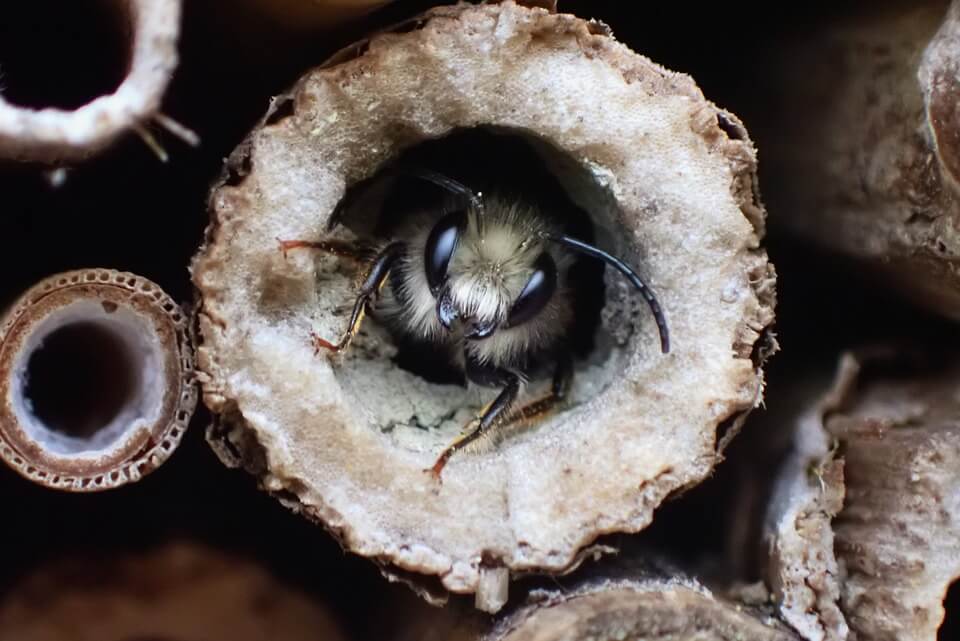
Clearly the policy, which joins similar bee brick mandates in the neighboring county of Dorset and Cornwall, represents a growing interest in protecting native bees. We’re increasingly aware of the importance of native bee species for our gardens and our food supply and threats posed to them by habitat loss. The bricks–think birdhouses for bees–are supposed to present a stylish and modern solution.
Whether they’re effective is another matter.
In the wild, these habitats take the form of insect tunnels in dead trees, or hollow plant stems, which homemade and commercial bee hotels mimic through deep holes drilled in wood or bundles of cardboard tubes. In the absence of those often undesirably messy natural conditions, however, some cavity-dwelling species will take advantage of artificial options, like the gaps in brick walls. This inspired the Cornish company Green&Blue to design the Bee Brick, concrete blocks cast with an array of holes and sized for inclusion in masonry walls.
It’s perhaps this ease of integration that inspired Brighton’s council to mandate all new construction taller than five meters (16 feet) include one bee brick, with the hope that the habitats they create will support native pollinator populations and increase biodiversity in the area. However, while well-designed bee hotels can and do provide nesting opportunities for bees and wasps, their viability as a tool for helping native species or increasing biodiversity isn’t clear-cut.
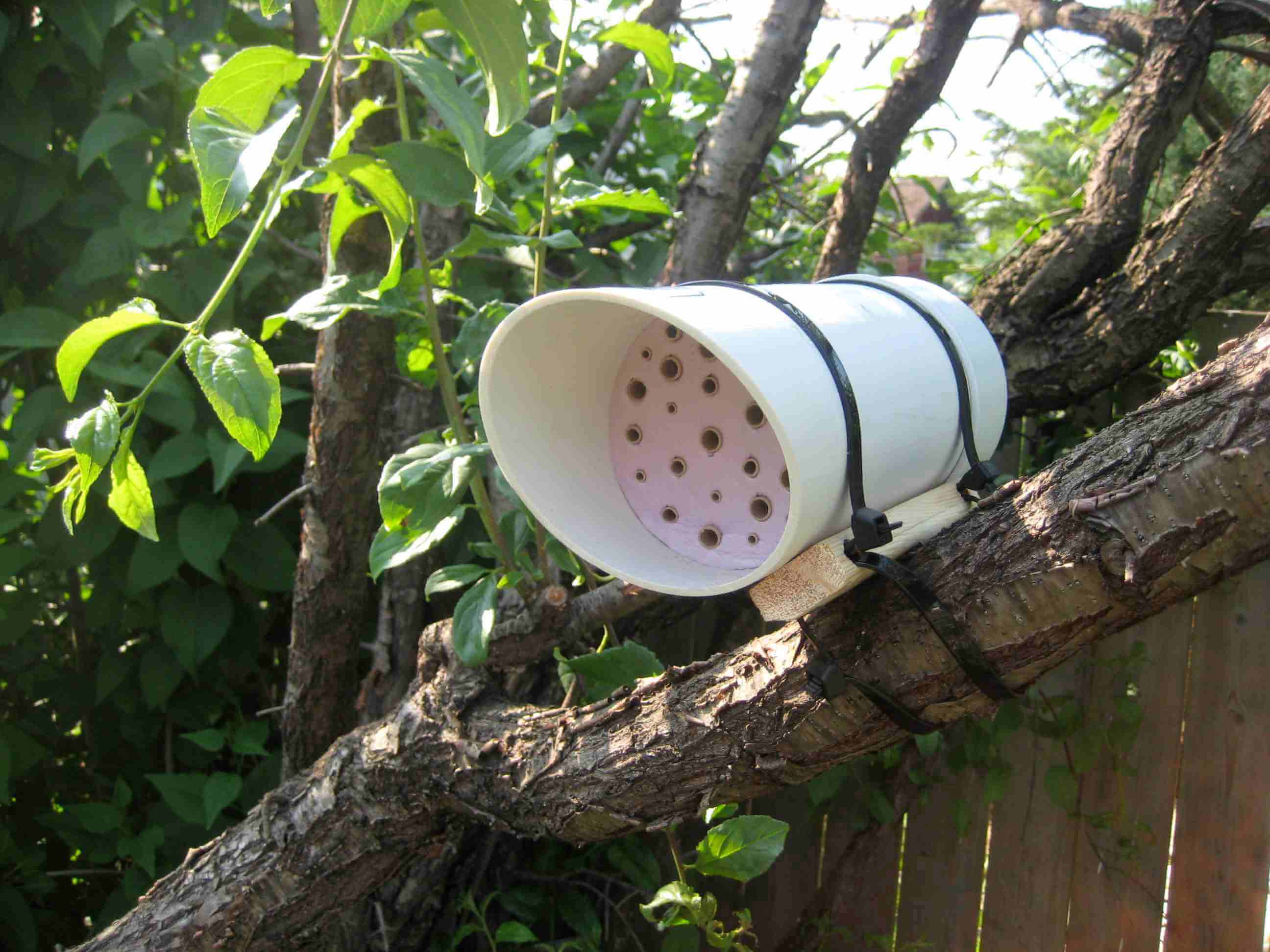
Scott MacIvor, an assistant professor at the University of Toronto studying urban biodiversity and wildlife conservation, has researched bee hotels in the past. “The goal is to support biodiversity, and the question is whether this product does that,” he said. “The answer is—as it always is in ecology—it depends.”
Part of the problem is which bees benefit. “Around 75 percent of all bees nest underground, and even among cavity-nesting bees, many won’t use this kind of device,” MacIvor explained, noting some species demonstrate distinct preferences for hole sizes, materials, and angles. “And so, the question then becomes—who are we supporting? We’re dedicating construction and resources to this policy, when we’re only helping a slice of the bee community.”
Moreover, who turns up in that slice of the bee community isn’t always who we’d hope. In 2015, MacIvor published “‘Bee Hotels’ as Tools for Native Pollinator Conservation: A Premature Verdict?“ which tracked the species nesting in 200 purpose-built bee hotels across Toronto over a period of three years. In part, the results showed similar proportions of native and introduced species nesting in the hotels, which could have unintended consequences.
“If we create products to support biodiversity, but which actually support the augmentation of non-native species, that could tip those species into becoming invasive,” MacIvor said.
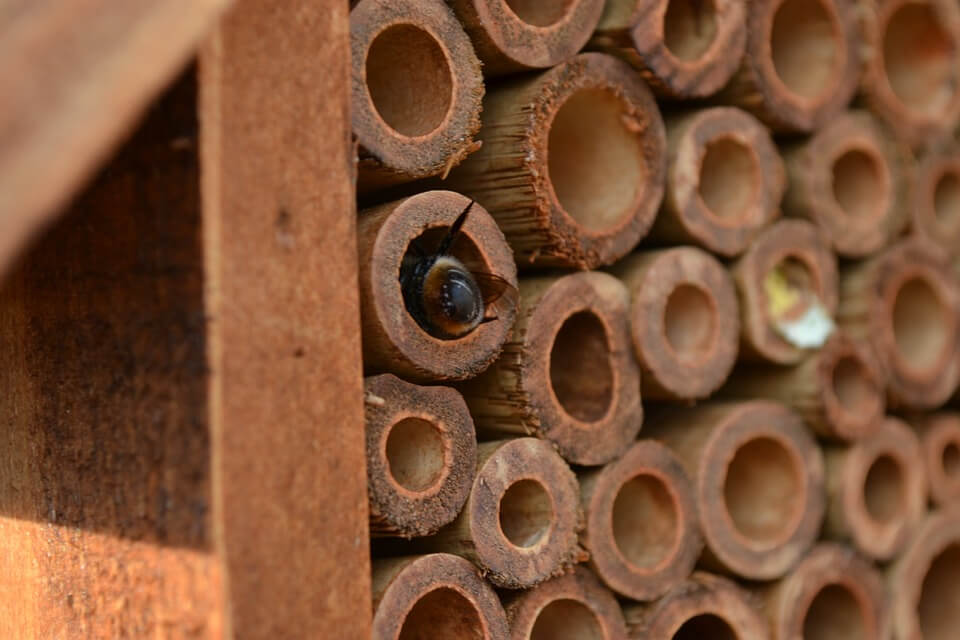
While the U.K. doesn’t have many invasive cavity-dwelling species, they’re a concern elsewhere. A 2021 paper on an experiment in Marseille, France, described an abundance of the invasive Megachile sculpturalis (the giant resin bee) in the study’s bee hotels. Researchers further noted M. sculpturalis’s presence in a bee hotel seemed to decrease the probability of native species also being present, likely due to its aggressive behavior toward other nests and suggested that bee hotels might be providing an important foothold for it to increase its range.
This isn’t to suggest that bee hotels don’t work or are dangerous, just that there is a lack of evidence supporting their efficacy at increasing biodiversity. They may still have roles to play.
Vicki Wojcik, the director of the nonprofit pollinator advocacy and education group Pollinator Partnership Canada, appreciates their thoughtful use. “I think they serve as a really good outreach tool. Especially if you have a design that’s attractive and striking, people approach it and ask, ‘What is this?’” explained Wojcik. “Maybe your bee hotel isn’t effective at increasing the bee population but it’s certainly effective at engaging the public and changing their opinions and behavior. There’s a valuable downstream effect there.”
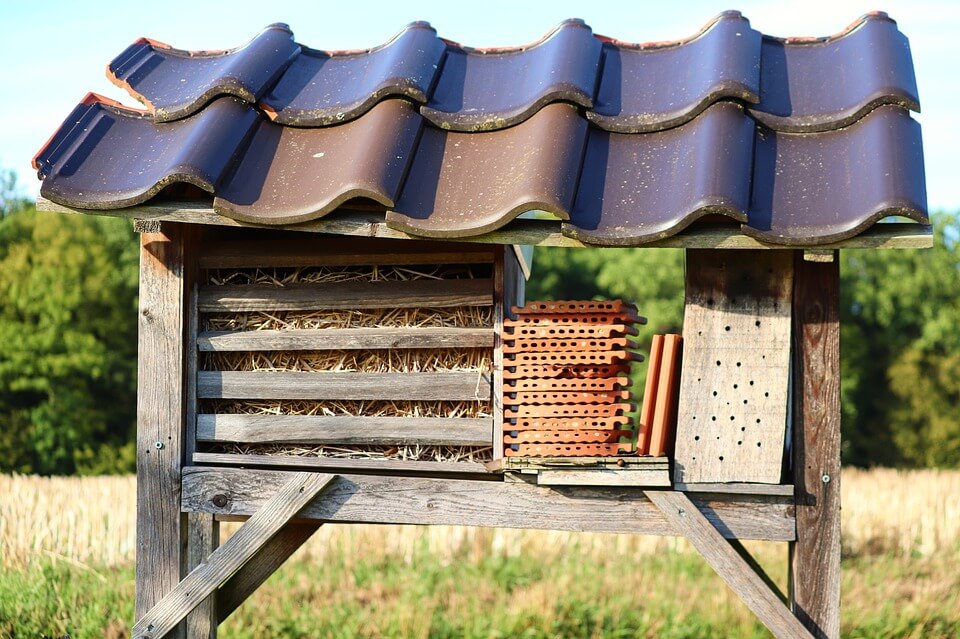
At the same time, there are more direct opportunities for pollinator support. “If we’re trying to promote and preserve biodiversity, generally speaking, that includes setting aside reserve habitats rather than modifying already altered, less-than-ideal habitats to fit better,” added Wojcik. “We want to provide space for ecosystems as they would exist naturally.”
Cities looking to take inspiration from Brighton’s bee mandates might want to take pause, here. Maybe Brighton can act as a large-scale experiment, as Green&Blue suggested to Dezeen. In the meantime, there are existing areas in need of attention to support your local bees, and not just pristine wilderness. “You have gardens, naturalized open space, more industrialized areas,” Wojcik said. “Those messy habitats.”









